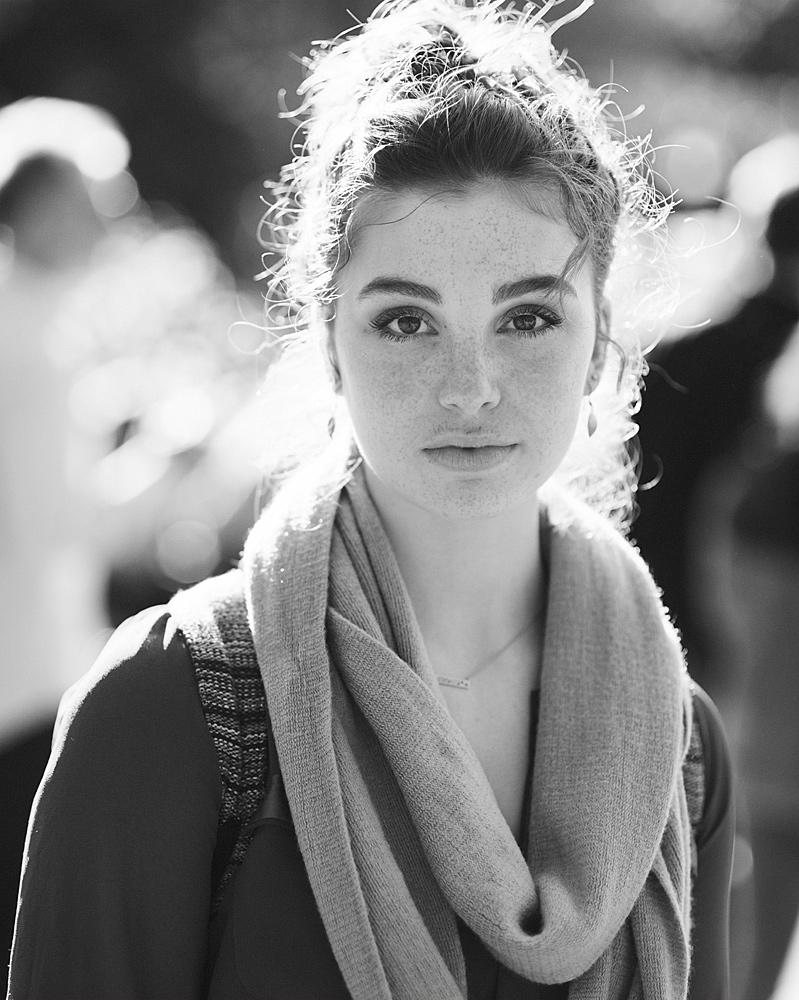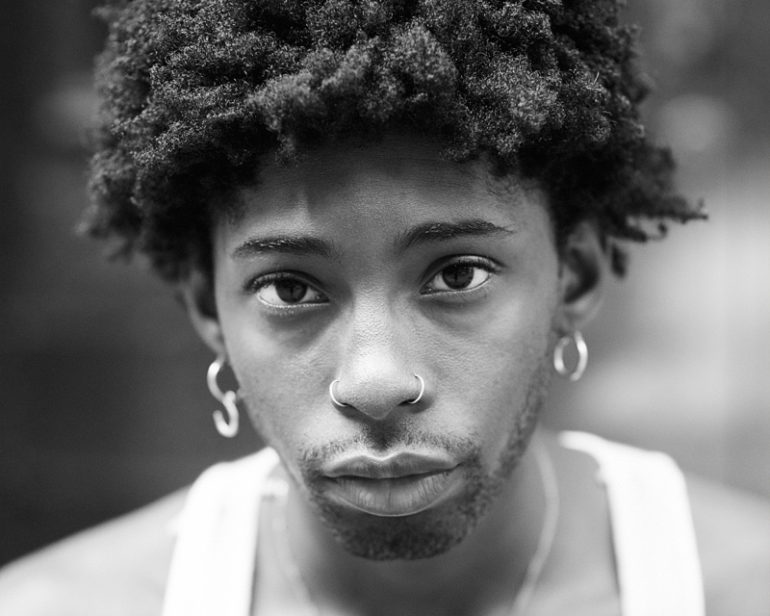Last Updated on 02/24/2019 by Mark Beckenbach
All images by Jamiya Wilson. Used with permission.
“Don’t be a weirdo,” says Jamiya Wilson about the approach he took to his 100 Faces project. “Ask where they’re from. Compliment their outfit.” New York based photographer Jamiya Wilson is a Phoblographer Alumni, and his latest project involves, well, not being a weirdo. 100 Faces is a collection of street portraits with people he meets out and about on the streets of the Big Apple. The impetus: every day we allow people to walk past us without consideration for who they are. The same places and plenty of faces, yet they still remain strangers. But what if photography was able to bridge the gap, bring us closer ,and make a stranger a friend?
In his words, “100 Faces is my humble attempt to get people to stop for a moment and consider that stranger.”
Phoblographer: What inspired you to do the 100 Faces project?
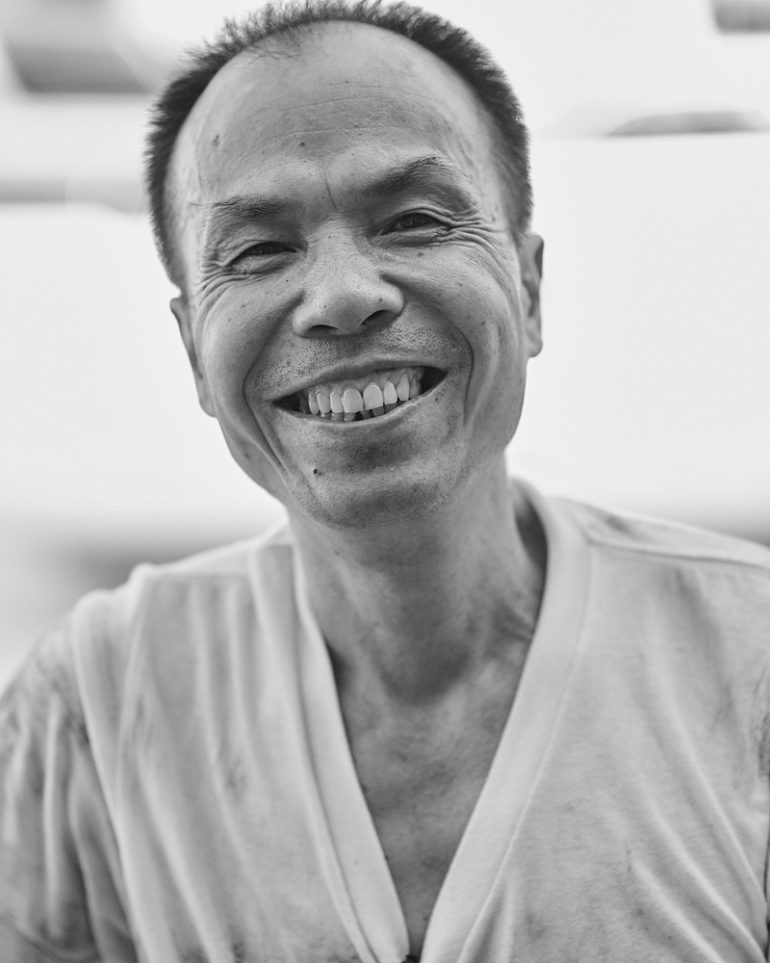
JW: The inspiration behind the project was a culmination of things. First, I was quite bored with the beauty work I was doing and wanted to be free from the restrictions of putting a shoot together. Getting a makeup artist, model, creating a concept, etc. all became tiresome. I had this compulsion to just pick up my camera and shoot something. So I thought, “Why not just go outside and take pictures of people on the street?” Use the environment around me, ya know. Secondly, I’ve always wanted to do some sort of long term portrait project so after the first few images were created I saw the potential and decided to turn it into a more complete project. Initially, I was content with the few photos I’d gathered, but thought to myself, “What if I kept going? How would that look?” So, I did. And the project quickly took shape as a result.
You can’t rush the process. If you do and don’t get the results you want…
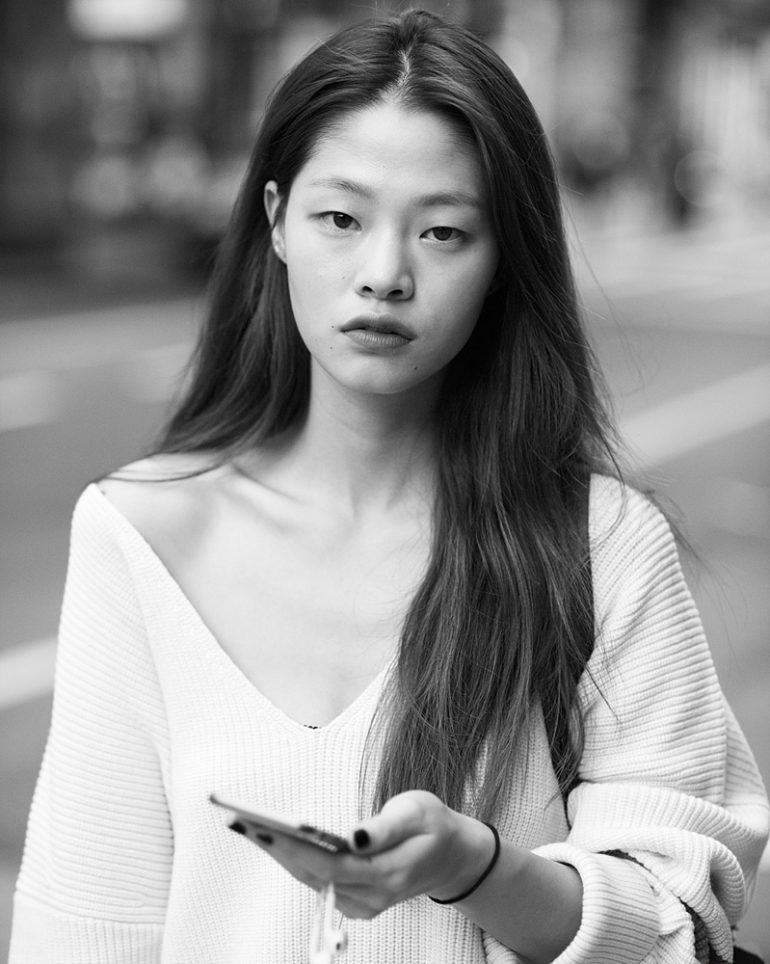
Phoblographer: As a portrait photographer, what are the challenges of an impromptu street portrait, compared to an organized shoot? And what were your methods to overcome them?
JW: Great question. Both methods of working present their own challenges, but I feel doing an organized shoot is much more complicated and to an extent frustrating. Mainly because you have to depend on so many other people to be available to do the shoot. Schedules don’t line up, the model gets sick, you don’t agree on the concept, etc. Street portraits are a lot more instant, but the biggest challenge is motivation. It’s more physically tiring than waiting in a studio or on set for everyone to show up.
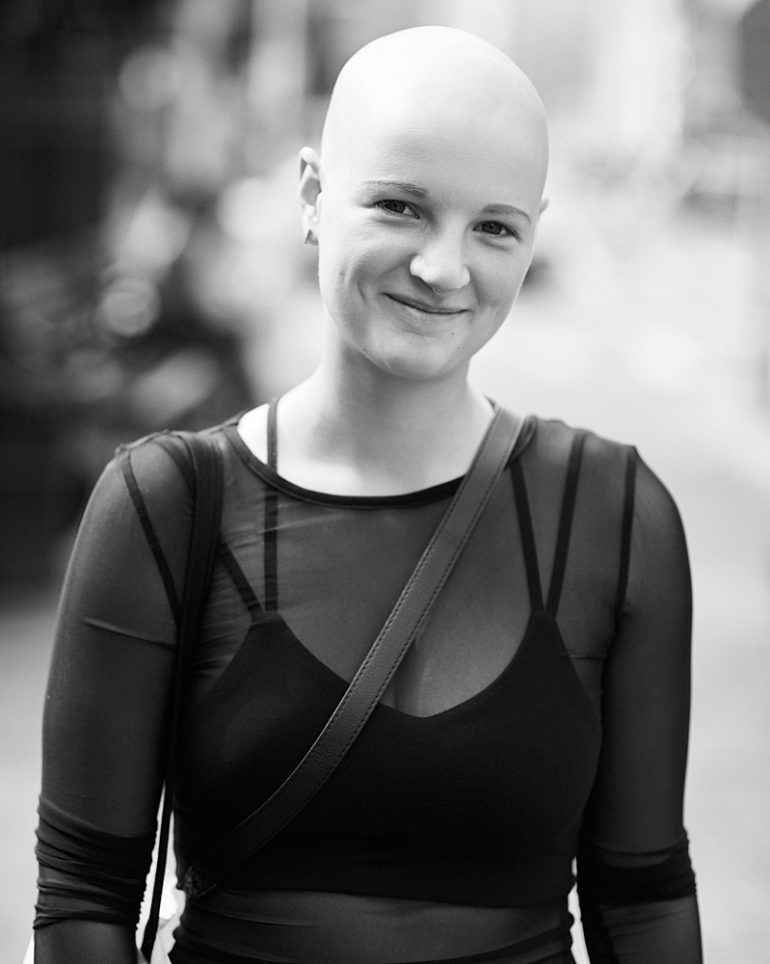
You have to go out and actively seek interesting portrait opportunities which can take time. Some days I’d go out and find someone in minutes, other days it would take a few trips throughout the day before I made one picture. This can be somewhat discouraging which kills your motivation of course. As a result, I would take a few days off, come back fresh and begin again. Even the time off was bad because I got into a lull and had to re-motivate myself to be excited and passionate about the work I was doing.
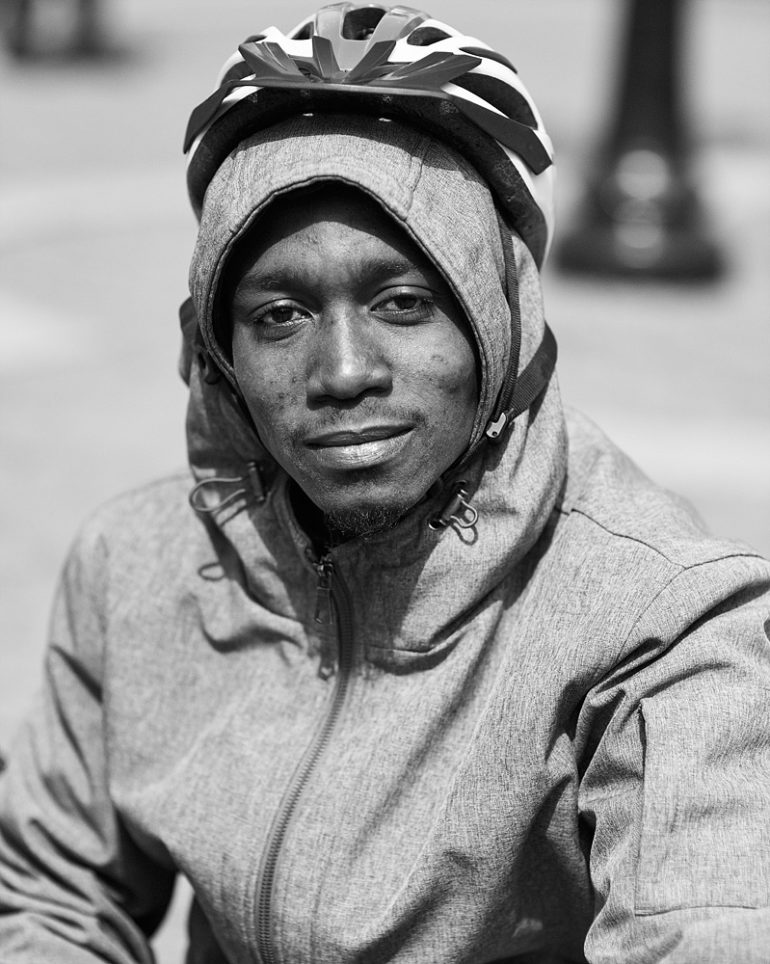
I think overcoming both is a matter of being patient. In the instant age of digital photography and high speed internet, it’s easy to lose sight of things taking time to come together. If planning a shoot, I just don’t rush it and am willing to wait until my team is available and we have a great model. If going out on the street, I would set a timer of 1 hour and if I didn’t find anything within that time frame, I’d break and return the next day. You can’t rush the process. If you do and don’t get the results you want, you’ll get frustrated which is never good for your motivation. So be patient and eventually you’ll get there.
Phoblographer: Tell us about your mentality. Are you nervous when approaching your subjects, or are you a character full of confidence?
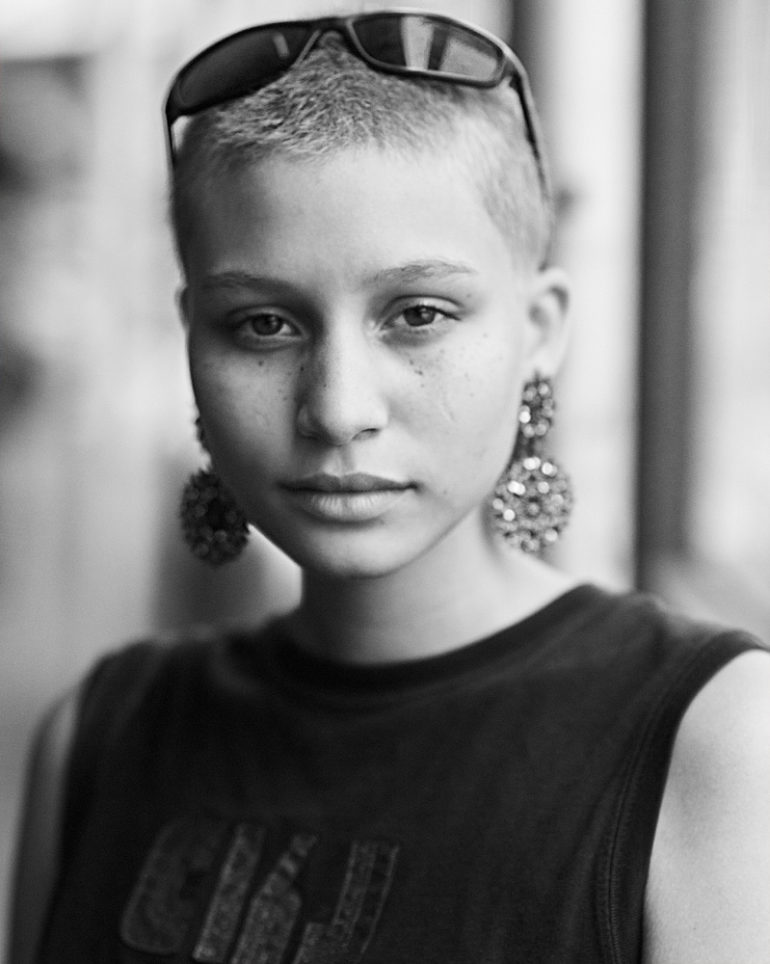
JW: I’ve worked a lot of odd jobs in my life so approaching strangers has never been a problem for me. I’m pretty confident overall, but even I am sometimes not feeling at my absolute best some days. My mentality when it comes to asking people to take their picture is to put my best foot forward. Introduce myself confidently, ask if I can take their picture, don’t take too much of their time, and just make them feel comfortable. Don’t be a weirdo. Ask where they’re from. Compliment their outfit. Most people are flattered if you’re professional and show an interest in photographing them. At least here in New York.
Positive energy and smiles are infectious!
Sometimes you will get rejected which plays into another part of my mentality. Never take the rejection personal. People have a variety of reasons for not wanting their photo taken. Maybe they’re in a rush or feeling insecure about their looks that day. You’ll never know. Thank them and keep it moving. In a place like New York, you’ll find a dozen more people a block away, so just keep pushing.
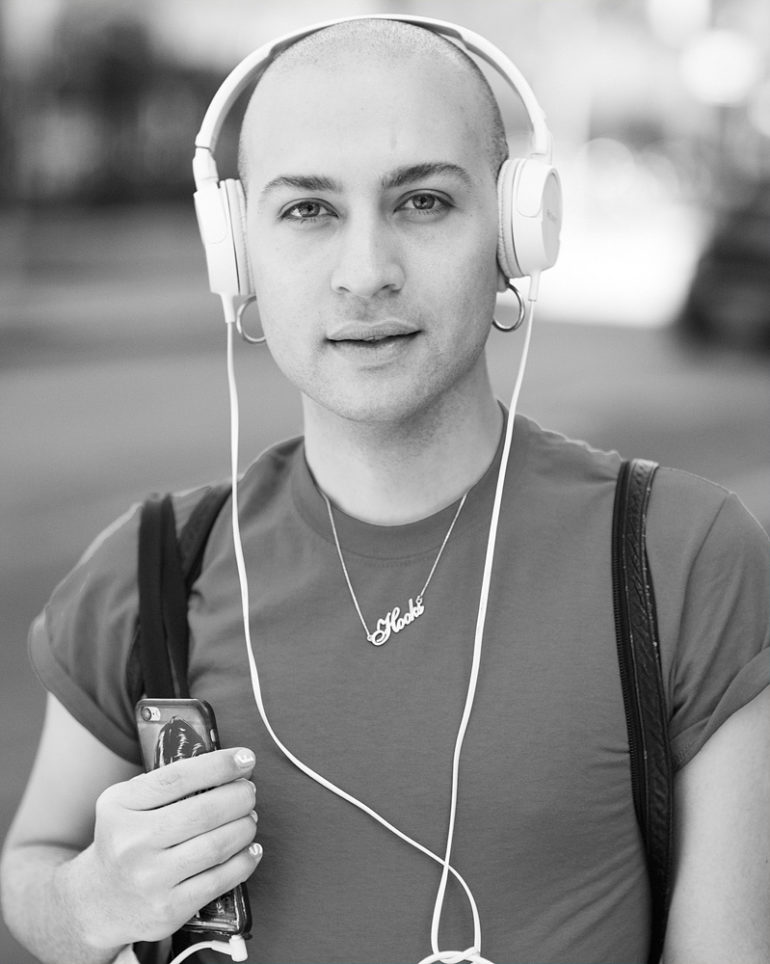
Phoblographer: How do you approach your subjects, in what way do you make them feel at ease in your company?
JW: I approach people very casually. I simply walk up and ask, “Hey, could I take your picture?” They usually say something like, “Why? What’s it for?” I briefly explain then tell them it’ll be quick; just 3-5 quick shots. The longer you sit there futzing with your camera the quicker they become uncomfortable. I take my shots fast and if they’re into it, I’ll show them what I did on the back of the camera. They’re usually impressed and want me to send them a copy. We exchange info and that’s it in a nutshell. There’s no need for a spiel or outlandish approach. Just be professional, friendly, and fast. And have fun. If you seem like you’re having fun, the other person will get into it as well. They’ll even give you a fun expression or cool pose. Positive energy and smiles are infectious! Even some of the most stone faced people I approached, turned out to be the nicest and most positive interactions I had.
Many of the people I approached looked down right intimidating, but I pushed through my fears and asked to take their picture regardless.
Phoblographer: Has this project changed the way in which you deal with strangers, even when you are not using your camera?
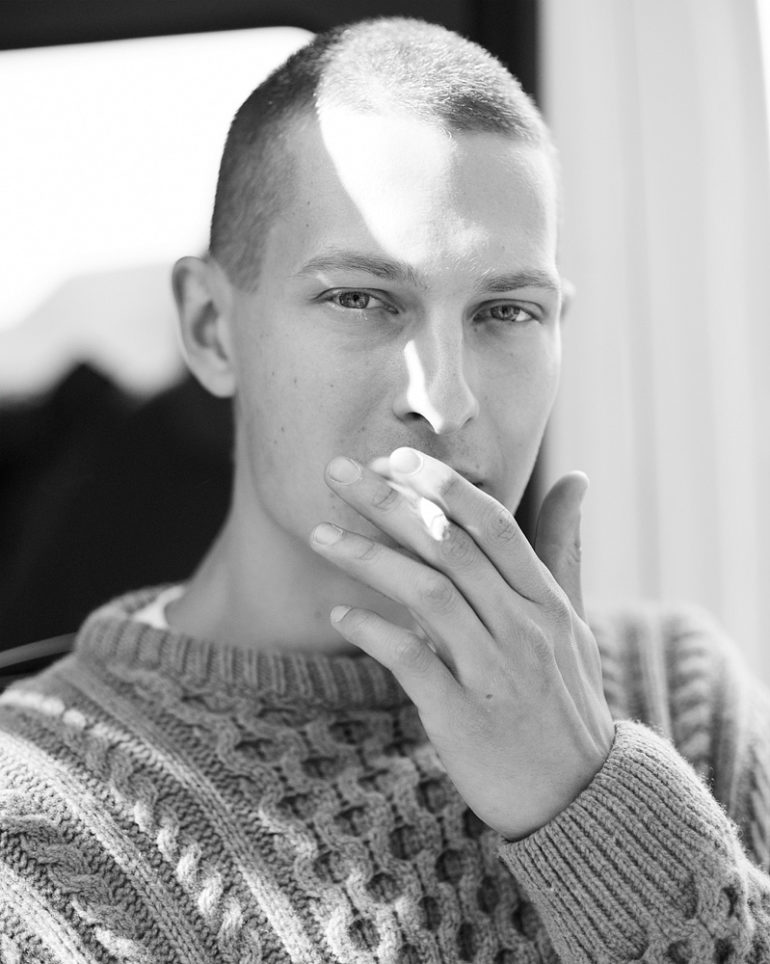
JW: Even before this project, I’ve always had a love for people. Whether it be those close to me or total strangers. I’m a very introspective and empathetic person so I’m often deep in thought about my own life and others around me. New York is great for people watching so I’m always studying how people interact with one another. I wonder about their lives, if they’re happy, where they’re headed, etc. And I really care about those things. I genuinely wish them well on this journey called life we’re all on.
If anything, I think the project gave me even more confidence to engage with people I don’t know. Any awkwardness has long eroded after all the approaches I made over the course of the project. That’s a useful skill I think! Many of the people I approached looked down right intimidating, but I pushed through my fears and asked to take their picture regardless. Color me surprised when they said yes. This definitely helped my confidence and reinforced the old adage, “You can’t judge a book by its cover.” Now I’m a lot more comfortable and often look to initiate the conversation.
Phoblographer: Out of the 100 portraits, were there any interactions that really stuck with you?
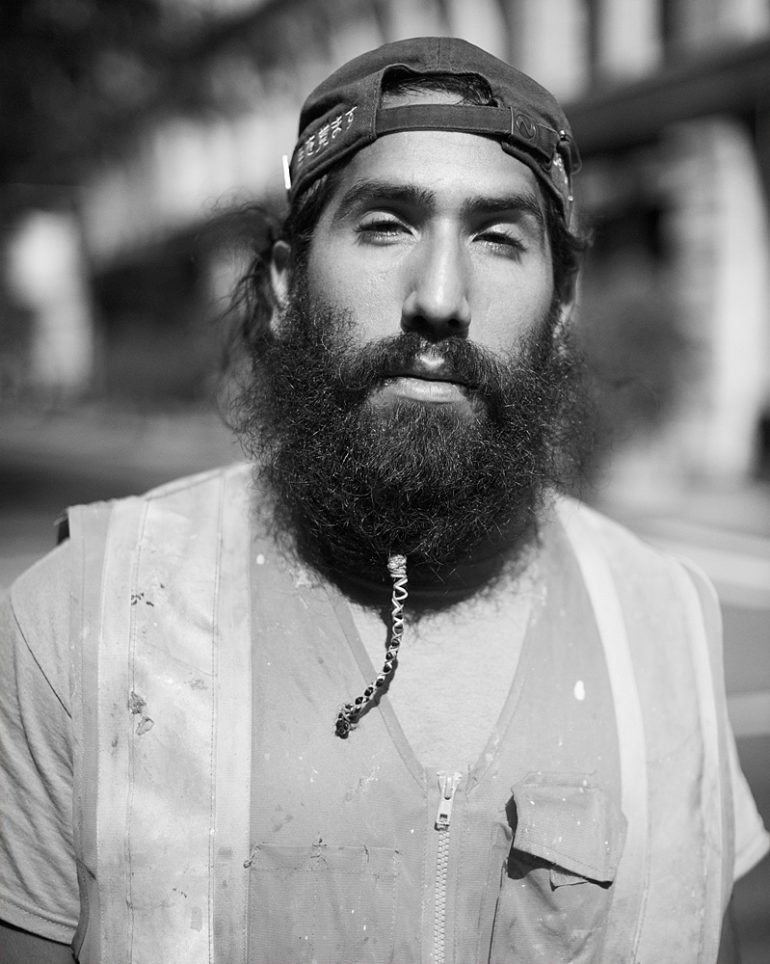
“I approach people very casually. I simply walk up and ask, “Hey, could I take your picture?” They usually say something like, “Why? What’s it for?” I briefly explain then tell them it’ll be quick; just 3-5 quick shots. The longer you sit there futzing with your camera the quicker they become uncomfortable.”
JW: I’d say out of all of them, the one that stuck out the most was the very first person I photographed, a young man named Gabriel. To be honest I was quite surprised at how easy it was to approach someone and them be okay with letting me take their portrait. He was really cool and quite surprised I even asked him. “Sure bro. What do I need to do?” he replied. I expected far more resistance and also didn’t expect to create such a great portrait of him. I found that extremely motivating and thought to myself, “Hmph! I may have something here. I should keep going! Let’s do this!” That one interaction sparked my creative fire and got me hype to shoot more and more. Sometimes you just need some positive feedback or a little push and that was the one that sparked the entire project. So a big thank you to him!
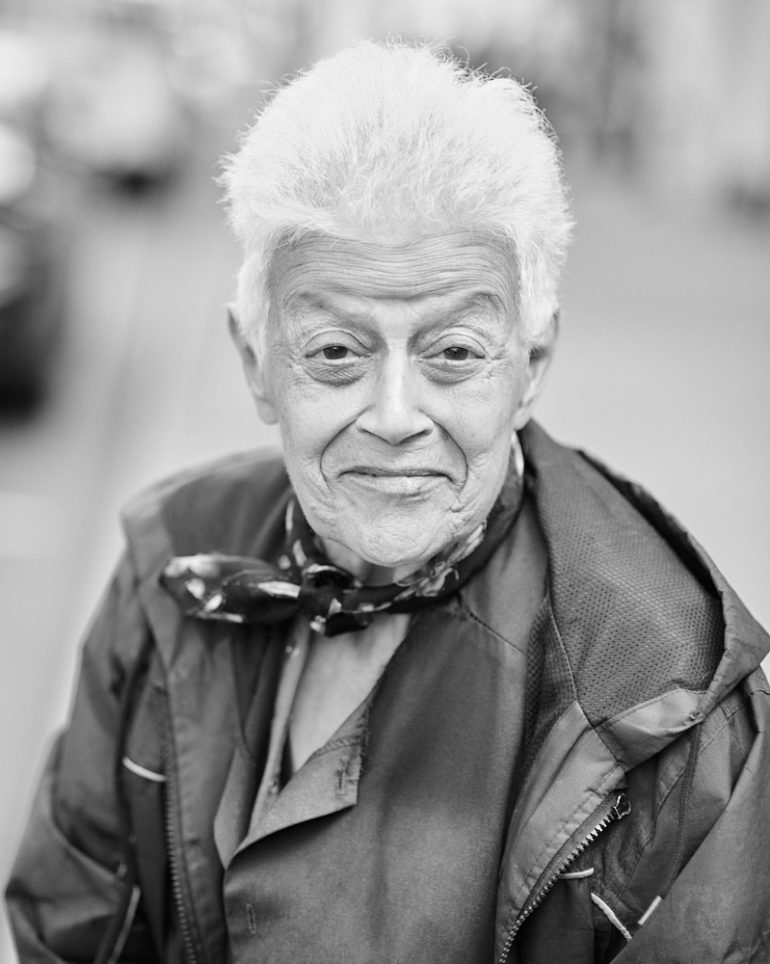
We can all learn from Jamiya’s work and his approach to life. Think of the conversations we’re missing, the moments that are lost whilst we have a preference to bury our heads in our own world. This is great work from Jamiya, it’s inspiring on both a creative and social level.
To keep up with Jamiya and to view the project in full, be sure to visit his website.


